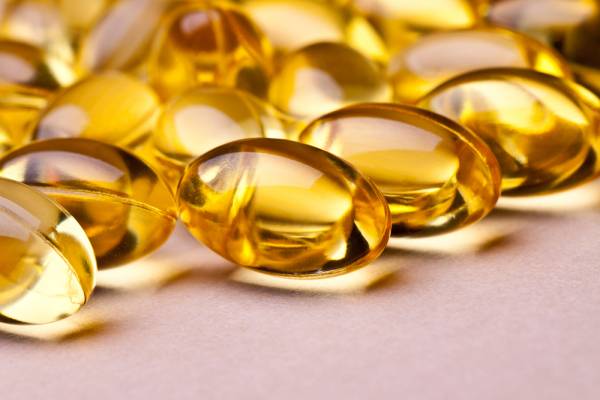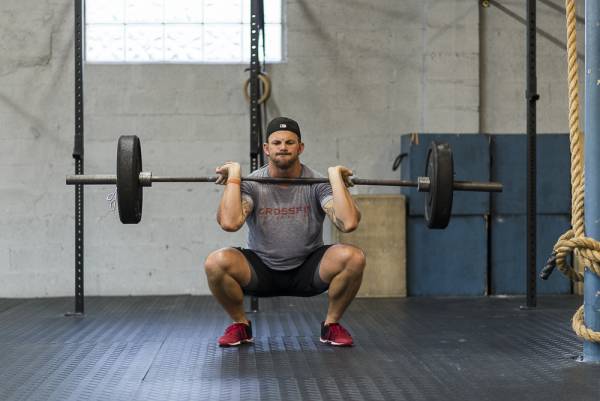Each month a company releases a new product with the promise of helping the average fitness consumer boost post-workout recovery and prevent overtraining. Usually, a professional athlete endorses the product, lending credibility and giving the consumer confidence that if it works for an athlete it will work for them.
It’s true that physical demands are far greater for a professional athlete than for someone who goes to the gym three times a week. However, athletes and non-athletes alike experience changes in their levels of key biomarkers – specific measurements in the blood that can be effectively modified by proper lifestyle and dietary interventions.
A Case of Too Much Too Soon?
Seasoned pros and average Joes may experience the same challenges of everyday life. But do they experience different symptoms related to overtraining? Two recent studies illustrate how blood analysis can explain the differences between the typical workout with a personal trainer and what a national player in rugby might experience in this year’s World Cup.
“Periodically checking in with your internal chemistry is analogous to getting your oil changed every three months.”
In the first study, researchers observed biomarkers associated with fatigue in eleven men participating in sled training with a personal trainer. After three hours they observed that these biomarkers decreased to baseline levels.3 In a second study, rugby players experienced levels of biomarkers indicative of high physical strain for three full days after a competitive match.4 In other words, recovery time was three hours for Joes but three days for pros.
Why do we see a longer recovery among professional athletes? The answer is simple: professional athletes exert their body and mind to perform their chosen profession at a competitive level while the average Joe is either competing on an amateur level or just wanting to be fitter and healthier. But not being a pro doesn’t make you immune to overtraining.
Feeling Tired Versus Overtraining
While it is difficult to scientifically define overtraining, most exercise physiologists agree that it manifests itself when the athlete exerts his or her body to the point where rest is no longer sufficient for muscle and bone recovery.
Since we started InsideTracker in 2009, we have studied and worked closely with scores of professional athletes, as well as hundreds of serious amateur athletes. I have worked with a recreational triathlete who never recovered from chronic overtraining and witnessed a Super Bowl champion rebound from a poor pre-season. In the case of the triathlete, she did not have a proper blood analysis and fell into the volume trap. The professional football player had a pre-season blood screen and time to make interventions.
“The question remains: How can you determine the source of your exhaustion and make intervention to boost performance?”
Most of the time when training and competition goes poorly and an athlete gets blood tested, it’s too late to solve the problem. To prevent overtraining you have to be proactive and screen problems before they get worse.
Today, data-oriented blood tests (and fatigue) are no longer the exclusive domain of elite athletes. Many serious fitness enthusiasts complain about feeling sluggish and tired, and are actively looking for science-driven solutions. The question remains: how can you
determine the source of your exhaustion and make intervention to boost performance?
The Biomarkers
Below I’ve identified five biomarkers to help illustrate how a focused and sustained blood analysis can provide high-value information to design and develop your training plan in a way that prevents injury and fights fatigue.
Vitamin D
It is well known that adequate levels of vitamin D are important in maintaining bone density. However, recent studies on soccer players and other subjects see a direct correlation between optimal levels of vitamin D and fitness metrics such as performance and injury-prevention.1 Similarly, vitamin D levels are an important factor in maintaining ideal body composition.2 Based on these findings (and others), it is clear that monitoring D levels should be an integral part of preventing symptoms associated with overtraining syndrome.

Creatine Kinase (CK)
The biomarker creative kinase (CK) is examined to measure strain in the muscular system. A significant increase in CK after intense training or a competition is commonplace and expected. However, if you still experience elevated levels of CK after planned rest, it is important to modify your diet and make appropriate training tweaks. We also look at CK to see if lifestyle factors such as poor sleep and poor stress management are delaying your muscular system’s recovery. Often, these are the source of elevated CK levels.
Free Testosterone
Chronically low levels of testosteronecan lead to a variety of health concerns for both men and women. Testosterone in the body comes in two forms: biologically active free testosterone and biologically inactive SHBG-bound testosterone. Optimal levels of free testosterone are essential for muscle development and strength, bone health, sexual function, overall energy, and athletic performance. Measuring free testosterone levels several times a year will allow you to refine and precisely calibrate your training program.
“In other words, recovery time was three hours for Joes but three days for pros.”
Cortisol
Cortisol is often thought of as catabolic, meaning it breaks down substrates (sugars, fats, proteins) for fuel that you indeed need in times of stress such as running away from that bear or pushing through that CrossFit routine. However, when cortisol is chronically elevated all day, athletes and non-athletes alike will experience an array of symptoms such as fatigue or a compromised immune system. This is why many depict it as an evil “stress hormone.”
Ferritin
Athletes need ferritin to maximize their aerobic system, and if you are deficient, it will ruin a season for endurance pros and leave the average Joe feeling tired all day. Ferritin is an indispensible part of the hemoglobin formation process and carries iron. Every part of this process being optimal helps with the efficiency of oxygen transport. Athletes should know their ferritin levels in order to prevent anemia, overtraining, and fatigue.

Finding Your Baseline
Ironically, the value of blood testing is hard to put a number on, but time is a good starting place. Imagine training for months to finish a Spartan Race or do your first marathon, only to see your goal go up in smoke. Finding out what is going on inside your body early on in your training ensures that down the road you can peak when it counts and achieve your goals.
Periodically checking in with your internal chemistry is analogous to getting your oil changed every three months. The only difference is that human blood needs to be improved, and not exchanged. If you want results that can be seen in the gym or on the field, start with blood testing and you will see and feel the difference.
Read more about overtraining:
- Video: Understanding Overloading, Overreaching, and Overtraining
- Heart Rate Monitoring: An Effective Test for Overtraining
- Coaching Tip: Top Signs of Overtraining
- What’s New on Breaking Muscle UK Today
References:
1. Koundourakis, N. E., Androulakis, N. E., Malliaraki, N., & Margioris, A. N. (2014). Vitamin D and Exercise Performance in Professional Soccer Players.PloS one,9(7), e101659.
2.Forney, Laura A., et al. Vitamin D Status, Body Composition, and Fitness Measures in College-Aged Students. The Journal of Strength & Conditioning Research28.3 (2014): 814-824.
3. West, D. J., Cunningham, D. J., Finn, C. V., Scott, P. M., Crewther, B. T., Cook, C. J., & Kilduff, L. P. (2014). The Metabolic, Hormonal, Biochemical, and Neuromuscular Function Responses to a Backward Sled Drag Training Session.The Journal of Strength & Conditioning Research,28(1), 265-272.
4. West, D. J., Finn, C. V., Cunningham, D. J., Shearer, D. A., Jones, M. R., Harrington, B. J., … & Kilduff, L. P. (2014). Neuromuscular Function, Hormonal, and Mood Responses to a Professional Rugby Union Match.The Journal of Strength & Conditioning Research,28(1), 194-200.
Photo 1 courtesy of CrossFit Empirical.
Photos 2 & 3 courtesy of Shutterstock.






